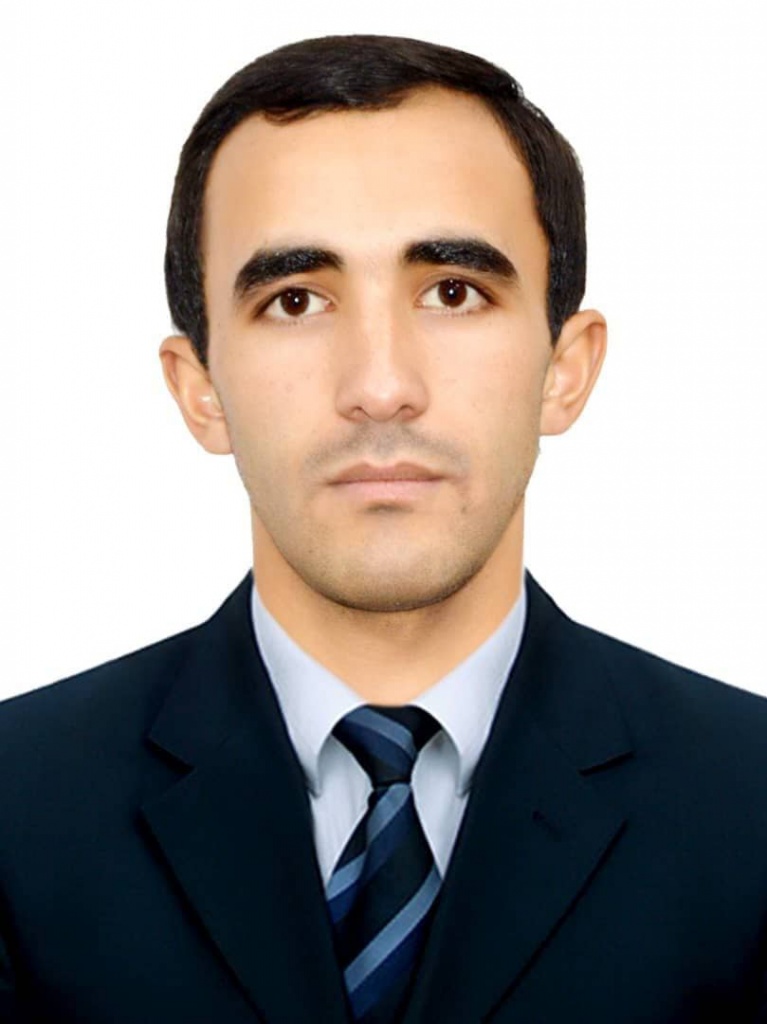On March 3, 2021, the Founder of Peace and National unity – the Leader of the Nation, the President of the Republic of Tajikistan, Honorable Emomali Rahmon, participated in the first meeting of the high-level panel on water and climate issues, which was held video conference, and has told on water and climate issues.
The occasion was chaired by the Secretary-General of the International Meteorological Organization, Peter Taalas, and was attended by the President of the Republic of Tajikistan, Honorable Emomali Rahmon, the President of Hungary, Janos Ader, the Chairman of the UN-Water, the President of the International Fund for Agricultural Development (IFAD), Gilbert Hungbo, the heads of numbers and countries, as well as participated international experts.
The president of our country explained that the main reason for climate change is the rapid melting of glaciers as a result of global warming.
It was emphasized that, unfortunately, today we are witnessing the rapid melting of the ice in the Arctic, Antarctica and Greenland.
Also, serious changes are taking place in the glaciers located on dryish.
Honorable Head of State Emomali Rahmon commented on the current state of Tajikistan’s glaciers and emphasized that a similar situation is emerging in the Pamir glaciers.
The melting of the largest glacier on dryish – the Fedchenko glacier in Tajikistan, which is more than 75 kilometers, is a clear example of this.
Researches show that only during the last 70-80 years, the Fedchenko glacier has retreated more than one kilometer and its area has decreased to 44 square kilometers.
Except it, its volume has decreased by 15 cubic kilometers, and the average rate of retreat of the tip (tongue) of the glacier is 16 meters per year.
The head of state assessed glaciers as the main source of clean water and stated that their rapid melting with the increase in water consumption, which is related to population growth and economic development, can lead to very negative consequences.
The president of our country emphasized that the melting of the Arctic and Antarctic glaciers has caused the rise of the global ocean level, and this factor, in its turn, can threaten the life and well-being of hundreds of millions of inhabitants of the Earth, especially in small island countries and their coastal areas.
In this regard, the Honorable Head of State Emomali Rahmon suggested that 2025 be declared the International Year of Glacier Protection and the date of the World Day of Glacier Protection be determined.
Another suggestion of Tajikistan is to establish a special international foundation for the protection of glaciers.
Out of 14,000 glaciers in Tajikistan, which are vital for the entire region, more than 1,000 glaciers have disappeared over the past 30 years.
Therefore, the country adopted the “State Program for the Study and Protection of Glaciers in Tajikistan for 2010-2030”, according to which the Center for the Study of Glaciers was established in 2014.
As the chairman of the Environmental Protection Committee under the Government of the Republic of Tajikistan informed during a press conference, last year it was included in the United Glacier Monitoring System.
At the moment, accurate accounting of glaciers is carried out and their condition is studied.
In 2019 and 2020, more than 20 expeditions were organized for this purpose.
Specialists of the Center for the Study of Glaciers are planning to study the Fedchenko Glacier and other largest glaciers in the country.
After the study of glaciers, the Scientific Center of Glaciers of the National Academy of Tajikistan will publish 12-volume list of glaciers in Tajikistan.
According to the information of AMIT “Khovar”, the State Program for the study and protection of glaciers in Tajikistan for the years 2010-2030 was developed for the continuous monitoring and study of glaciers in Tajikistan.
There are more than 8 thousand glaciers in Tajikistan, which occupy about 8% of the total area of the country.
About 550 cubic meters of drinking water have accumulated in them, and they make up the flow of almost half of Tajikistan’s rivers.
Tajikistan is the largest center of modern glaciation in Central Asia, and the glaciers located on its territory are not only water reservoirs, but also regulators of river flow and climate.
Asliddin Shamsiddinov, аssistant of the Department of Natural Sciences Pedagogical college named after Khosiyat Makhsumova TSPU named after Sadriddin Aini







